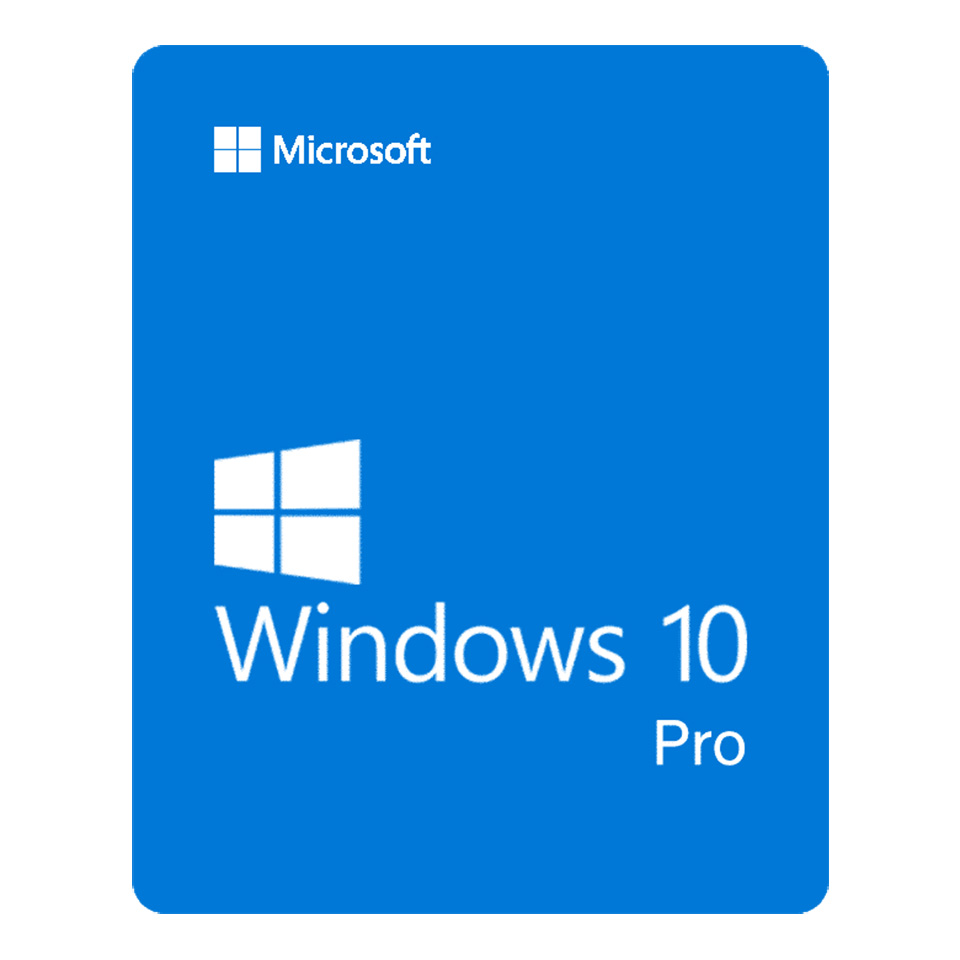

Windows 10 includes a native video capture tool, but it’s primarily designed for gamers. How to record your screen on Windows using Xbox Game Bar In this guide, we’ll show you how by using native, open-source, and paid third-party tools.

The task is easier than you might think, as Windows 10/11, MacOS, and even Chrome OS have built-in tools that can get the job done.

This leaves your computer slower than usual. Unfortunately, these apps eat away your computer's resources, which otherwise would have been free. They don't need to, though, as a good percentage of these apps are not really required for Windows 10 to function. These apps will keep running in the background-even when you are not using them. Windows 10 comes with many pre-installed apps from day one. As such, we can try disabling them to see if that fixes the problem. Sometimes, unnecessary background apps can cause Windows 10 to slow down after an update. Restart your computer after the command gets executed, then run the SFC command again to repair any errors. Now that we know the main causes, it's time to fix a slow Windows 10 for good.

These updates also patch any bugs that make applications crash, and add some nice quality-of-life features and settings. In fact, they are your first line of defense against harmful malware and viruses, even before you install some of the best antivirus programs on Windows. Is Windows 10 Slow After Applying an Update? Here’s the Cause


 0 kommentar(er)
0 kommentar(er)
